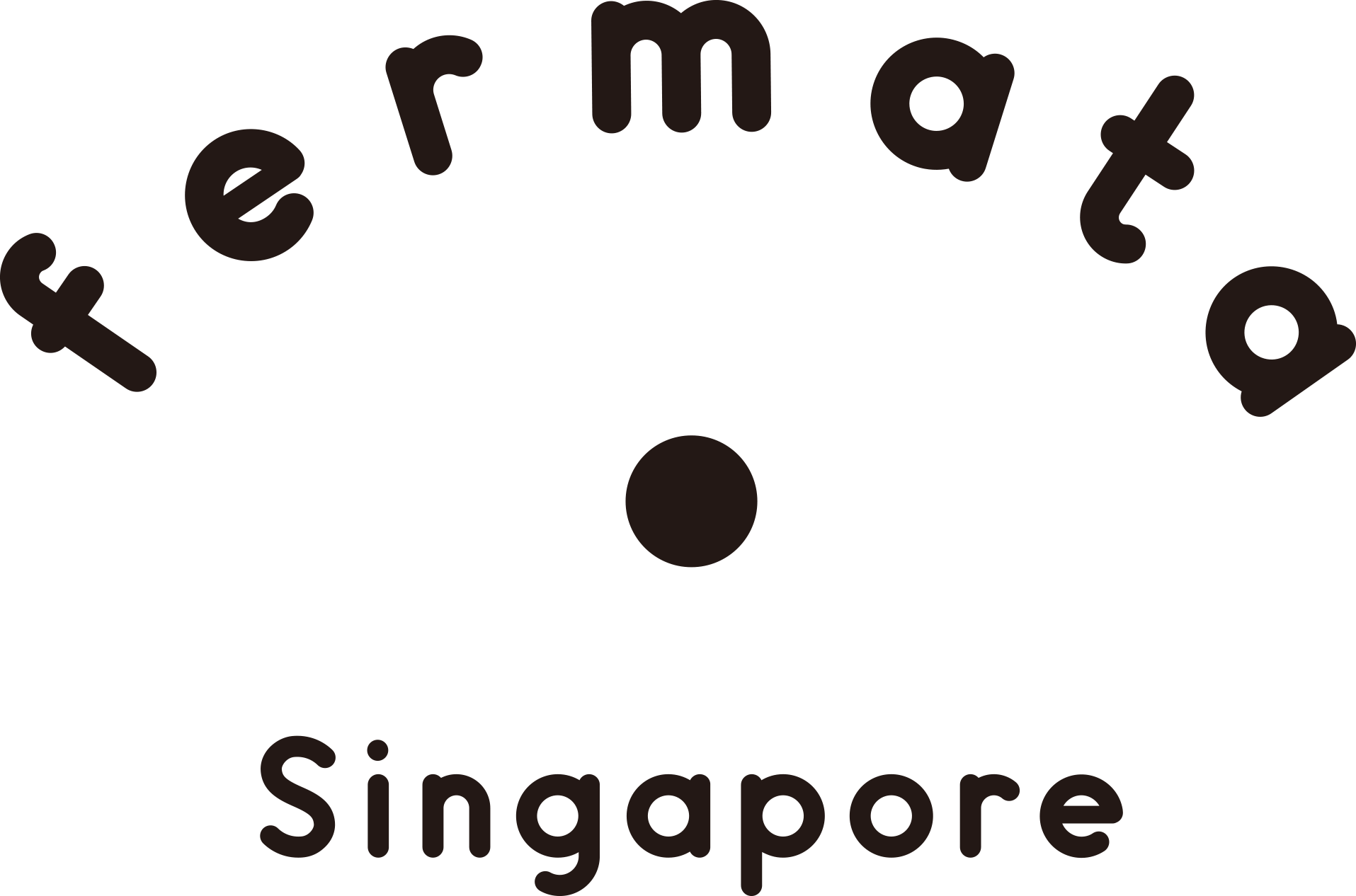How Has Gender Neutrality Changed Marketing And Does The Term ‘Femtech’ Need To Evolve?

Happy Pride Month!
We are celebrating with our ‘Love is Love’ campaign showcasing femtech products that are for everyone under the sun.
The topic of gender neutrality is not often talked about in Singapore - we encourage you to do your research and participate in a respectful conversation about it with your friends and even families. If you are unsure where to begin, you can start with our article below.
A fermata team member personal opinion - When we are born, the outline of our life has already been written for us. It is often based on our parent’s thoughts and belief systems which are derived from their parents and so on.
As we grow up, the outline of our lives can change based on our own lived experiences. This can be from the books we read, conversations we’ve had, the news and information we consume, the people we admire/love/dislike - the list goes on.
The point is that we are born - unoriginal. We are born from a social construct that is built from a set of body organs that determine who we are: male or female.
- Penis → Boy → Man = Blue (masculine)
- Vagina → Girl → Woman = Pink (feminine)

Source: Let Toys Be Toys
As society moves forward with more awareness towards gender fluidity — that people don’t all fall into binary labels of male and female — brands are making conscious efforts to include everyone who would benefit from their product and services, irrespective of their gender identity.
What is Gender Neutral?
Gender neutral is a pronoun which does not associate with the person who is being discussed - moving away from “he/him/his/she/her/hers” and more towards “they/them/theirs.”
It has also removed the expectation of meaning behind colours, looking at neutral colours for inclusivity such as beige, grey, black, white, green and yellow.
Blue and pink were colors used to imply gendered targeting of a specific audience. As if our self identities were simply defined with a color tag!

Why?
It releases the person from the “gendered-expectation” of how they were born and allows them to express themselves in a limitless way.
Isn’t that something we should all want?
If you are looking to be more gender neutral, we highly recommend that you do your research, ask questions if you are unsure, and don’t be afraid to make mistakes. Everyone is learning. We have placed some reading links at the bottom of the article as a good stepping stone.
How has Gender Neutrality changed marketing?
Lucky for us, the Internet has kept records of advertisements and marketing campaigns that go as far back as the Victorian era. The most popular likely being the 1940s to 1960s, the golden era of the modern housewife.
Without seeing the advertisements, you can probably imagine what they looked like. Women being targeted household products, delicious frozen dinner meals and anything beauty related to “keep the husband happy.” And for the men, there was beer, suits, razors and fancy cars.

Then came the “pink tax” from the early nineties — referring to the extra amount of money women pay for specific products or services — and the rise of the labelled “metrosexual men,” where men are defying trandtional norms of sexuality. Even as we entered into the “futuristic” millennium, the same principle can still be seen as products for men and women are marketed differently.
However, over the last few years - we’re seeing a change - a power shift if you will. Marketers are beginning to take a backseat and listen to their consumers - thus leading to gender neutral branding and purpose marketing entering the space.
48% of Gen Zers said they value brands that don’t classify items as male or female” - “True Gen: Generation Z and its implications for companies, McKinsey & Company (2018)
Generation Z is currently one of the largest generations ever, compromising more than 30% of the global population - and thus holding the spending power. Brands looking forward to gender neutral products not only serve their consumers but can also be considered cost-effective, saving money and materials on packaging and advertising. It is a win-win. Bonus points, if their company mission and purpose is organically aligned with supporting the gender non-binary community.
What about ‘femtech’ - does the industry need to evolve?
So - what about female technology, aka femtech?
The very term - female technology - was created to be taken seriously by investors, a majority of them being male. It was, and is, an untapped market that caters to women’s health and wellness needs that are biologically unique and often underrepresented in the mainstream healthcare industry.
While we hope that one day we can drop the “female” and be placed under general healthcare, there are a few femtech companies around today that put significance on gender-neutral branding and marketing.

One of our favourite examples is Aisle, a Canadian company that sells period products that don’t exclusively target women, because not all those who menstruate are women.
They challenge the convention of categorizing menstrual products as inherently feminine. This is one way these brands choose to free us all from the limit of gendering our bodies without our consent.
So, with that we say goodbye to "feminine hygiene" and hello to “period positivity!”
fermata Singapore supports products and technologies that are beneficial for vulva owners and those who identify as gender-neutral or are a part of the LGBTQ+ community.
If there is a gender-neutral product or brand that you feel should be on our marketplace, please do reach out to us at singapore@hellofermata.com
RESOURCES:
Cover photo by Anna Shvets


